|
Last weekend, Scott, with Benny's help. grafted (or "topworked") half of our ancient Golden Delicious to Muscat de Bernay, an old bittersweet apple from Normandy, France, that gives our ciders structure and nuance. For an apple to grape comparison, maybe think of Malbec or another variety with high tannins and low acidity, great for blending. It's not a direct comparison because while Malbec can make for a lovely single-varietal, you probably wouldn't enjoy a single-variety Muscat de Bernay cider. Well, not unless you're glutton for astringency and bitterness... Hoping these grafts take and we'll have a bountiful Muscat de Bernay harvest in years to come. Our Muscat trees in our orchard have been doing great and even gave us a nice little yield in 2013.
2 Comments
Bam! Four days after spring has sprung, the apple trees are going mad with blossoms. The latest blooms from our cider orchard on the outskirts of Sebastopol are below (see previous blog post for first round of blossoms). Remember the four categories of apples? Sharp = low tannin, high acid; bittersharp = high tannin, high acid; sweet = low tannin, low acid; bittersweet = high tannin, low acid.
March 22: Ashmead's Kernel (sharp), Hendrie Huffcap (perry pear, very rare!) March 24: Red Jonathan (sharp), Virginia Hewes (bittersharp), Wickson (sharp), Golden Russet (sharp), Nehou (bittersweet), Espous Spitzenberg (sharp) Our 2-acre cider orchard at our Sebastopol farm held up well during our Winter That Wasn’t. Up until last month, we were facing a catastrophic drought here in California—the driest in recorded history. Now, after up to 18 inches of rain in February and early March, with more showers in the forecast, we’re dealing with a serious drought. I hope by the next post, I’ll be able to downgrade it to a minor drought! The trees are all on drip irrigation and heavily mulched, so they've retained the much-needed moisture. Scott grafted and planted a few hundred cider apples and perry pear trees during the late winter. We now have about 100 varieties in some stage of growth. It’s become a pomological research station here, and our goal is to both grow these rare apples for our cider as well as see which cider apple varieties will thrive in our loamy Goldridge soils, and share that information with local growers so they will get on board with cider apples here in Sonoma County. It feels so satisfying to put apples back on the Gravenstein Highway.
The apples started blossoming even earlier than last year, due to the exceptionally warm and dry winter. Knock on applewood that there is no freeze; the weather forecast looks promising for relatively mild evenings. Here's a summary of the first blossoms that have appeared in our orchard so far. I'm obsessed with documenting this stuff. March 6: Transcendent Crabapple March 10: Winter Banana March 17: Gravenstein March 20 (vernal equinox!): Purple Crabapple, Pink Pearl, Roxbury Russet In addition to the orchard, we grow a fairly sizable veggie garden, as well as cutting flowers, wildflowers, perennial herbs, one lone olive, a few raspberry and blueberry bushes, other fruit trees, hops, cover crops, and insectary plants. You practically can't walk an inch without brushing against a ladybug here. Grasshoppers are also buzzing around, dang it, but so are dragonflies and all manner of bees, from honeybees to various small native bees and bumblebees. Mustards and arugula flowers are main attractants, but so are the rosemary flowers, dandelions, and native California wildflowers, such as California poppies, baby blue eyes, five spot, and tidy tips. It's a bird sanctuary here as well (all of our cats have passed away, sadly, but none of them were bird killers so they didn't present a problem while they were alive). Western bluebirds, mockingbirds, scrub jays, many types of finches and sparrows, black phoebes, crows, red-shouldered hawks, downy woodpeckers, robins, towhees, and many other species call our farm home. We've even had recent visits from a female pileated woodpecker and a noisy flock of cedar waxwings. It's gorgeous and oh so lush right now, and our hens and babydoll sheep are gorging themselves on all the vegetation. It's a feast for all the senses.  Last Wednesday evening, we went over to our pals Jolie and Hunter Wade’s farm for the first-ever Sebastopol Cider & Cheese Challenge. This midweek madness was inspired by our friends at Consider The Rind and United States of Cider, who created a cheese-pairing challenge based on our tasting notes for our 2012 batch of Graviva! Semidry Cider. I thought it’d be fun to have Jolie and Hunter join us. They run Apple Sauced Cider and produce the sensational Save the Gravenstein cider from their own organic apples. We busted out bottle upon bottle of other ciders and wheels and slabs of cheeses. Hunter concocted some delicious side dishes and breads to keep us fueled. And the revelry began. For the purposes of the challenge, I took notes of how only our ciders paired with the cheeses. But don’t you worry, we polished off the other bottles in the interest of furthering cider-pairing science! Two of the cheeses were part of the official Consider The Rind challenge: Cowgirl Creamery Mt. Tam (cow) and Laura Chenel Chabis (goat). (I couldn’t find the Uplands Pleasant Ridge Reserve that was recommended.) We then added a few more cheeses from some of our favorite local producers: Bellwether Farms Crescenza (cow), Cypress Grove ChevreHumboldt Fog (goat), Nicasio Valley Foggy Morning (cow), Redwood Hill Farm Camellia (goat), Weirauch Farm & Creamery Taz (sheep), and Weirauch Washed Rind (cow). Hunter describes their Save the Gravenstein cider as like biting into a fresh Gravenstein apple: zesty, crisp, refreshing, and tart, with bright acidity and aromatic notes of kiwi, fresh sliced apples, and key limes. I characterize our Graviva! as likewise being bright and crisp, with refreshing acidity and a touch of sweetness—the Gravenstein is a party apple! The traditional cider apples give it lively tannins, and just a little bit of barnyard funk. Aromatics are subtly floral with distinct culinary apple notes. Both ciders are lightly effervescent. We’re all novices when it comes to cheese pairing, but you don’t need an experienced palate to appreciate the interplay of acidity, carbonation, texture, and flavor. Kay at Consider The Rind notes that a successful pairing may come either from Sameness or Differentness in the potential mates. Sometimes similarities in cider and cheese—as in acidity—work. At other times, opposites do attract. We found this to be so. All the cheeses on their own were beautiful and delicious. But it was kind of surprising how things changed when tried alongside the ciders. Some pairings made the cheese too salty and canceled out the cider flavor (e.g., Graviva! and Humboldt Fog), while others heightened the cider’s tartness and left a weird, funky finish (e.g., Save the Gravenstein and Crescenza). But other combinations were off-the-charts fantastic. The consensus was that Graviva! and Mt. Tam rocked. The acidity of the cider cut through the rich, unctuous texture of the Triple Crème cow’s milk cheese, washing the palate and leaving a wonderful, creamy mouthfeel. (Runners-up for Graviva!: Chabis and Taz.) We all loved Save the Gravenstein with Taz aged sheep’s milk cheese. The dry, slightly crumbly texture worked beautifully with the lightness and acidity of the cider, providing a lingering nutty flavor, with just a hint of barnyard. (In second place for Save the Gravenstein: Humboldt Fog.) I look forward to trying these and other cheeses with our Lost Orchard Dry Cider, a much more tannic, drier, and complex blend due out later in the summer. My bet is the results would be quite different. Let us know if you try any of our ciders with your favorite cheeses. In the works is a cider and cheese tasting this fall with Tilted Shed, Apple Sauced, and other local cheese and cider producers, so stay tuned! |
EllenTilted Shed co-owner, cider evangelist & shameless rabble rouser! Archives
February 2021
Categories
All
|
|
|
All materials copyright Fireball Farm & Ciders, LLC. 2011-2024. All rights reserved. All product names are trademarks or registered trademarks of Fireball Farm & Ciders, LLC. Tilted Shed Ciderworks is a registered trademark.
Home page photo by Karen Pavone Photography. We respectfully acknowledge that our orchard and those of our farmers are on the unceded lands of the Coast Miwok, Southern Pomo, and Graton Rancheria peoples. We sell alcohol. You must be 21+. This website uses cookies to improve your experience. Accessibility: We are committed to providing a fully accessible and optimized user experience for all site visitors, regardless of vision or other impairments. Should you experience any difficulty in accessing this website, please call 707-657-7796 or email info at tiltedshed dot com during normal business hours for assistance with this website. |

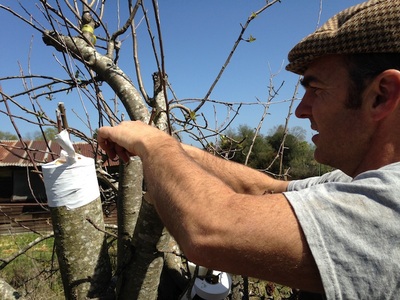
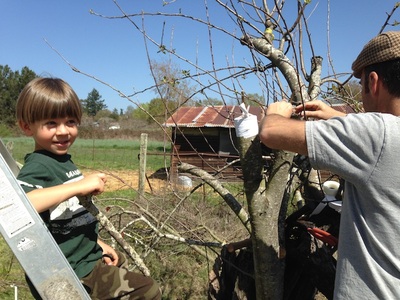


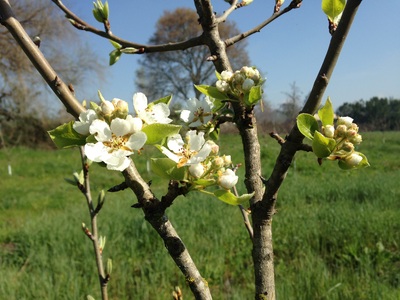
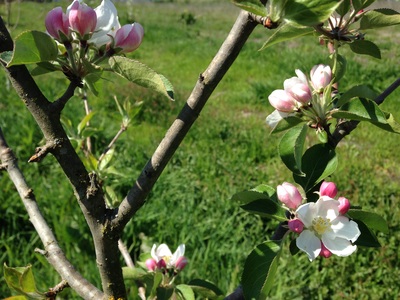

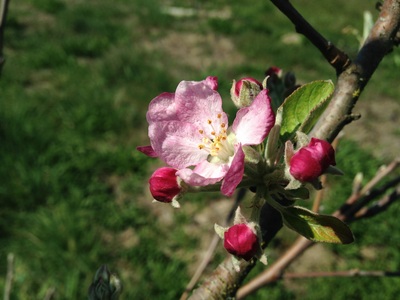

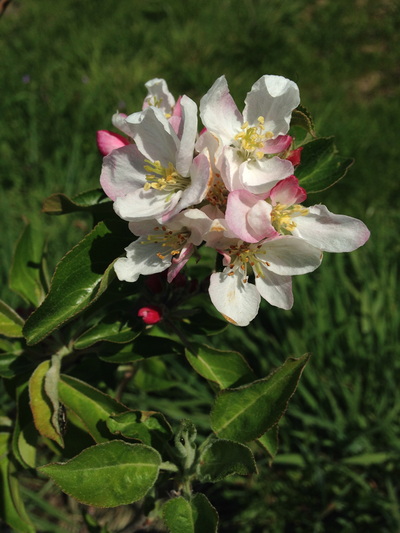
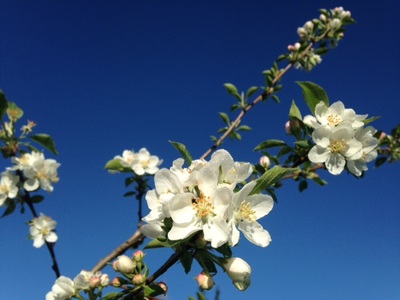


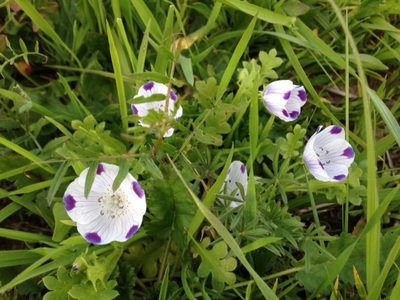


 RSS Feed
RSS Feed